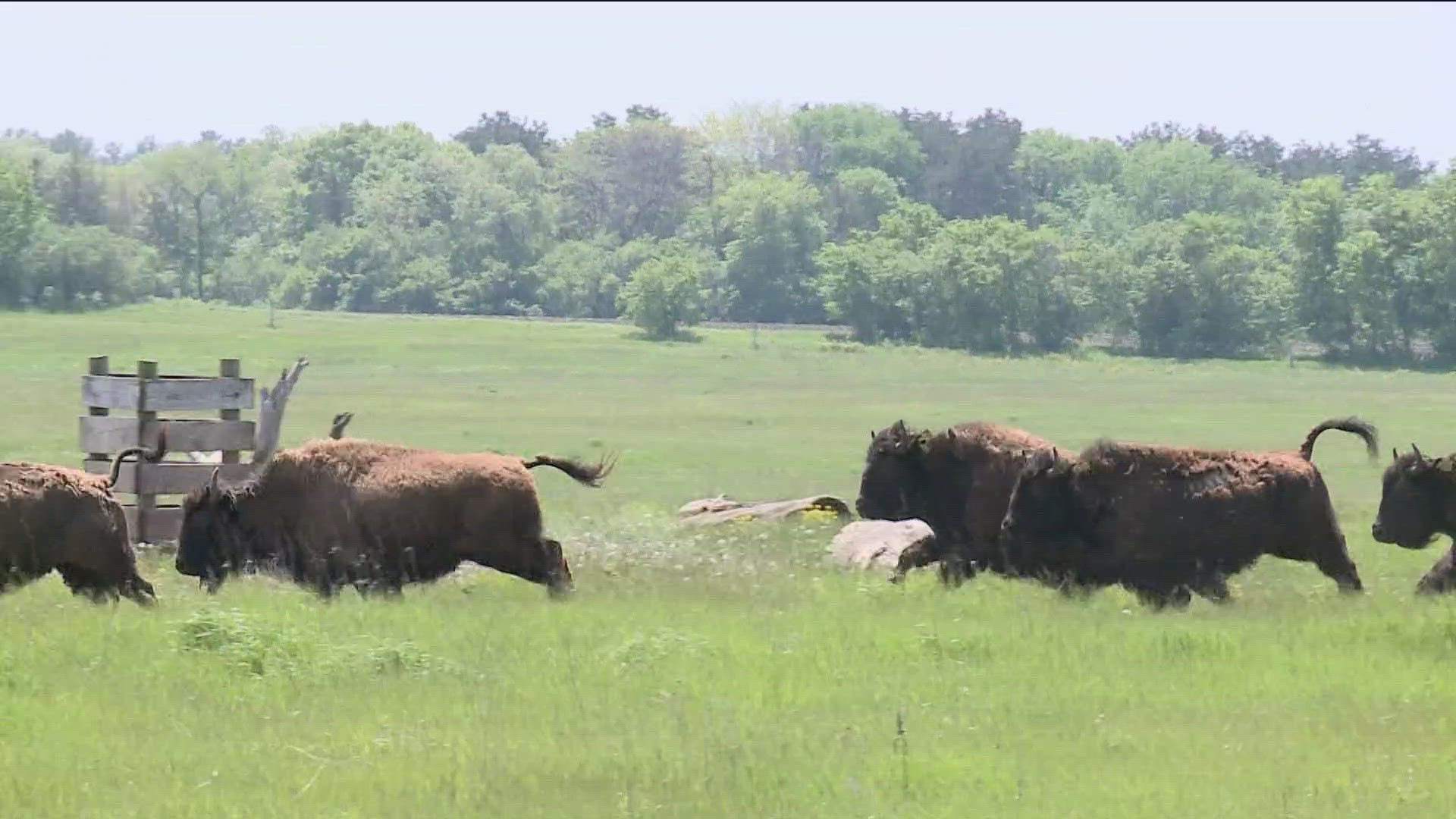TONKA BAY, Minn. -- Zebra mussels were first discovered in Lake Minnetonka in 2010. Since that time the infestation in one of the metro's boutique lakes has spread rapidly. As of Nov. 1, 2012, Lake Minnetonka remains the only lake in the Minnehaha Creek Watershed District's (MCWD) 129 lakes, creeks and wetlands to beinfested by zebra mussels.
KARE 11's Belinda Jensen recently went out on the lake with experts from MCWD to get a firsthand look at the pervasive problem.
"They really expanded from the eastern part of Lake Minnetonka all the way into the western part now, so really, every year they get farther and farther and denser as well," explained Eric Fieldseth, Aquatic Invasive Species Specialist. "Just estimating it, it's probably be 80, 90 percent of the lake. Most bays have it."
Expertsbelieve the zebra mussels arrivedat this lake in the same way many other invasive species do- by hitching a ride with humans via the waterways and boat landings. It's believed they traveled through the Great Lakes in the ballast tanks of large freighters, and were spread to smaller lakes by boaters.Right now there still are no known natural predators to zebra mussels, and that has allowedthe shelled peststo spread very quickly.
KARE 11 decided to go take a look at the problem first hand. Belinda Jensen geared up for an underwater dive, along with rescue and recoverydiver John Mihajlov and photojournalist Tom Cornell. The dive location was Big Island, a very popular spot on the lake.
Even though the water was a bit murky on the day of Belinda's dive, it didn't matter; Everywhere they looked, every hard rock and every attachable surface was covered with zebra mussels.
"This is what I was seeing all over the bottom, you can see this is a rock and it is completely encrusted with zebra mussels and you can tell why they are called zebra mussels you can see all of the little lines and stuff," shared Cornell.
"Every surface that there wasn't a mussel was underground," added Mihajlov. "Feel how sharp those are, this is a very popular spot for boaters because it is sandy and they are going to step on those zebra mussels and get injured."
Our divers found a red solo cup covered with zebra mussels. They even discovered a native (good) mussel that was literally being suffocated by its zebra-striped cousins.
"I have been diving here for 25 years, and it went from nothing to last year when we found the first ones and now they are everywhere," said Mihajlov.
"The things that we've been doing with Lake Minnetonka have been some research activities on some kinds of aquatic invasive species such as flowering rush," explained Craig Dawson, Director of MCWD's AIS Program. ."Right now zebra mussels and milfoil are the ones that get people attention, but we're really looking at the full spectrum of AIS. Currently there is about eight or so in this district and there's plenty more that are out there that we're getting ready to be able to respond to should they show up."
"They are on the boats, we are washing them with hot water, 140 degrees based on the guideline provided by the DNR," said Gabriel Jabbour, owner ofTonka Bay Marina and a steward of the lake. "It definitely kills the zebra mussels that you can see, but there are a lot of zebra mussels that you cannot see."
The Scuba Center in Minneapolishelped out with Belinda's dive equipment for this dive. Additional thanks go out to Larry for his help and guidance.

